Hiking: An Effective Cross-Training Tool for Triathletes
 Karen Parnell
May 30, 2024
Karen Parnell
May 30, 2024
Hiking: An Effective Cross-Training Tool for Triathletes
As triathletes, we constantly seek effective ways to enhance our training regime while preventing burnout and injuries.
One often overlooked but highly beneficial activity is hiking.
Not only does hiking offer a refreshing change of scenery and a mental break from structured training, but it can also provide substantial physical benefits.
But the question remains - can hiking on trails be considered zone 1 or zone 2 training, and how does it compare to more traditional forms of exercise like running or cycling?
Let’s look at the science and practicalities of integrating hiking into your training program.
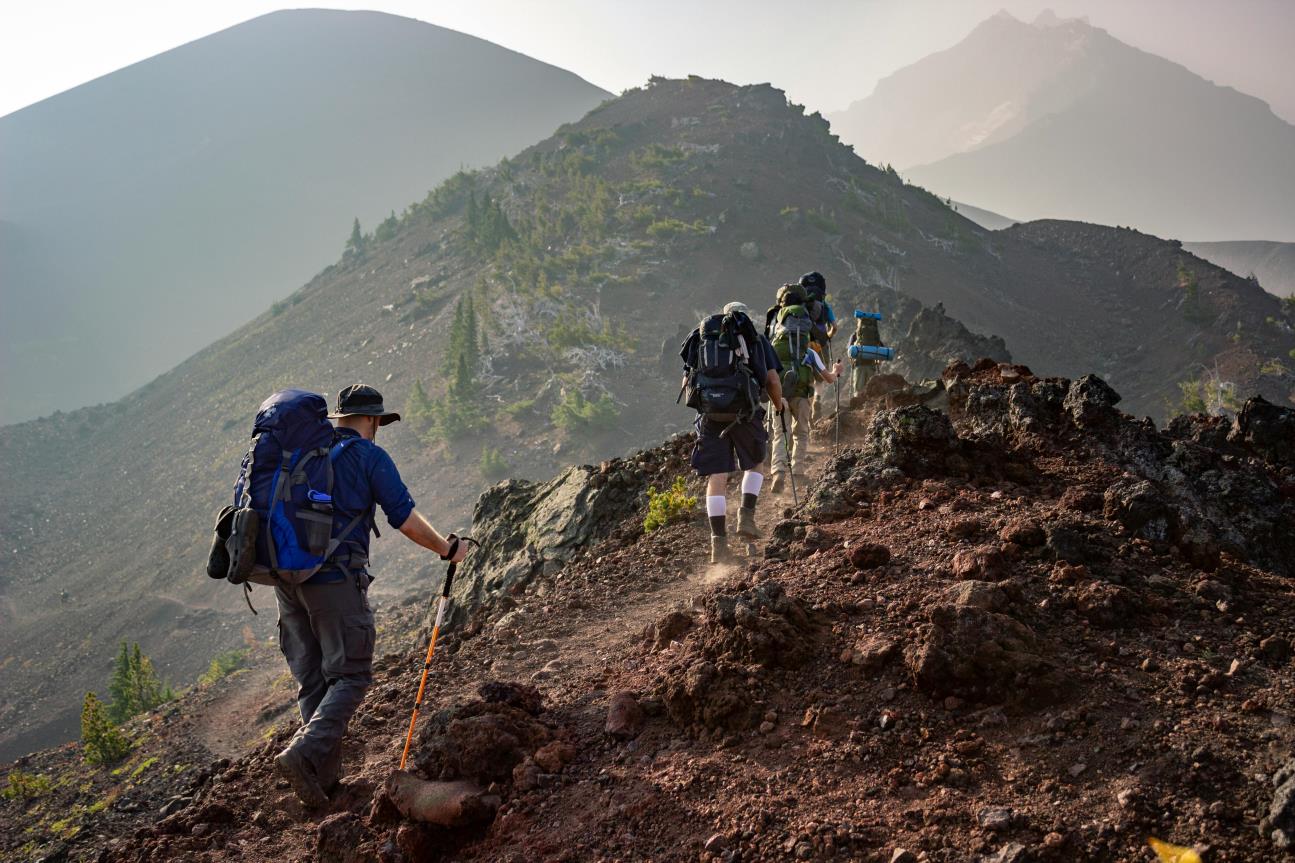
Photo by Eric Sanman.
Download your FREE Trail Running Plan
The Benefits of Hiking as Cross-Training
Hiking, particularly on trails and mountainous terrain, can serve as a highly effective form of cross-training for triathletes, runners, cyclists, and swimmers. Here’s why:
- Aerobic Conditioning: Hiking predominantly engages the aerobic system, especially when done at a steady pace. This makes it comparable to zone 1 (easy, conversational pace) or zone 2 (moderate, endurance-building pace) training. These zones are crucial for building a solid aerobic base, enhancing endurance, and promoting recovery. In a study by the Bulgarian Academy of Sciences found that “mountain hiking during the preparatory training program in youth basketball players, significantly increases the volume of red blood cells and haemoglobin, and improves the physical condition, particularly in the running performance.”
- Muscle Engagement: Unlike the repetitive motions of running, cycling, or swimming, hiking involves a varied range of motions that engage different muscle groups. The uneven terrain and elevation changes work the stabilizing muscles, core, and lower body in ways that are not typically activated during traditional triathlon training.
- Low Impact: Hiking is a low-impact activity, reducing the stress on joints compared to running. This makes it an excellent option for active recovery or for athletes dealing with minor injuries.
- Mental Benefits: The mental refreshment from spending time in nature cannot be overstated. The change in environment and the beauty of natural landscapes can significantly reduce mental fatigue and enhance overall well-being. In a paper by Mitten et al said “Benefits may be immediate, such as restoration, or transpire over time, such as decreased depression and overall physical health improvement.” Another study by the Latvian academy of sport education found that “outdoor recreation (walking in nature) can reduce stress levels in taekwondo athletes.”

Photo by Andrei Tanase.
Download your FREE Trail Running Plan
Hiking Intensity and Physiological Adaptations
Hiking can indeed be considered zone 1 or zone 2 training, depending on the pace and terrain. A gentle, steady hike on flat or rolling trails can maintain your heart rate in zone 1. In contrast, a hike on steeper or more rugged trails can elevate your heart rate into zone 2, providing a moderate cardiovascular workout.
Research has shown that consistent aerobic exercise, like hiking, can lead to several physiological adaptations beneficial for triathletes:
- Increased Mitochondrial Density: Regular aerobic exercise increases the number and efficiency of mitochondria in muscle cells, enhancing the muscles’ ability to utilize oxygen.
- Improved Capillary Density: Enhanced capillary networks improve blood flow to muscles, facilitating better oxygen and nutrient delivery.
- Enhanced Fat Utilization: Aerobic training improves the body's ability to burn fat as a fuel source, which is critical for endurance athletes.
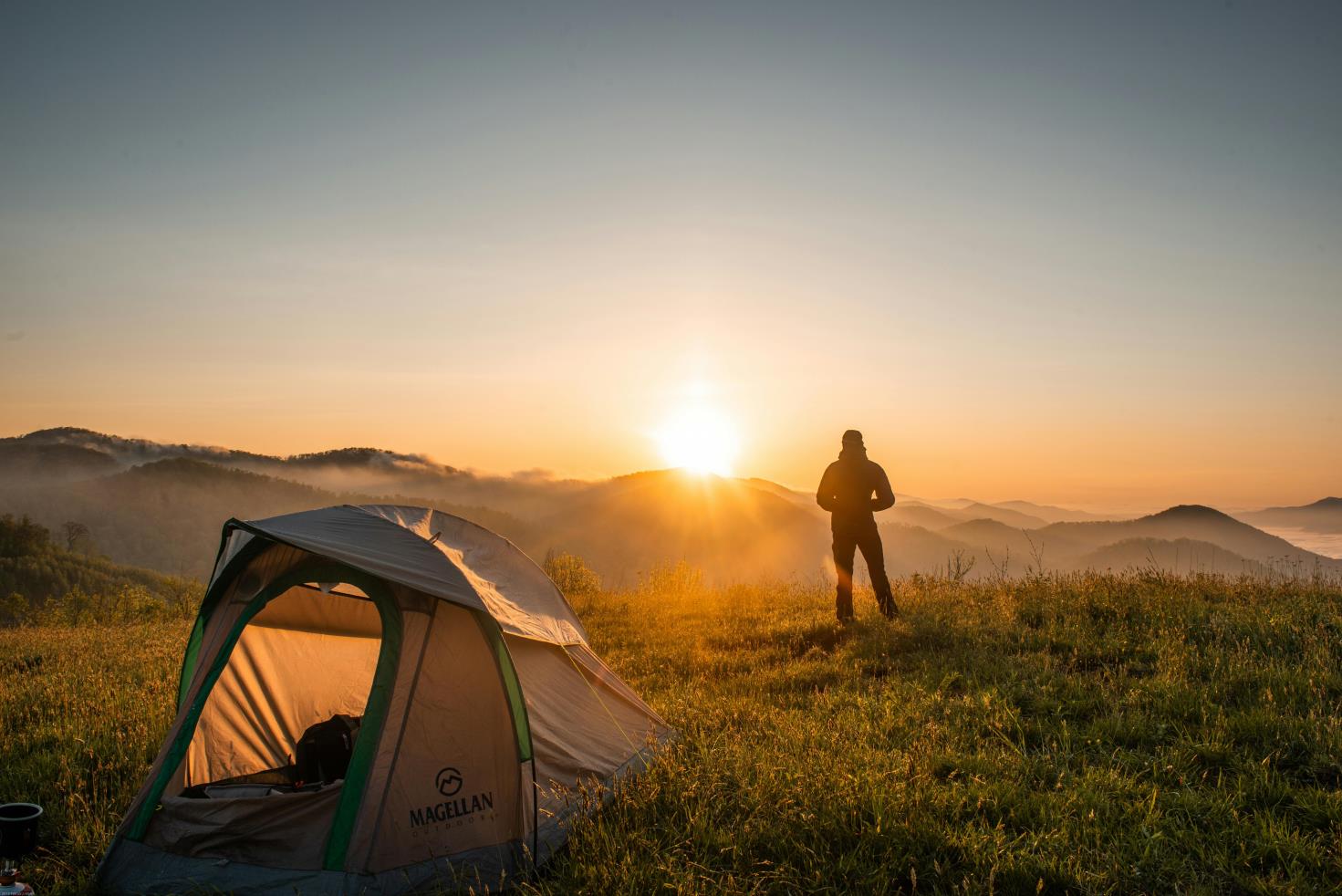
Photo by Cliford Mervil
Download your FREE Trail Running Plan
Comparing Hiking to Running and Cycling
While running and cycling are more specific to triathlon disciplines, hiking offers unique benefits:
- Varied Muscle Activation: Hiking activates muscles that might not be used as intensely in running or cycling, promoting balanced muscle development and reducing the risk of overuse injuries.
- Joint Relief: The lower impact nature of hiking provides a break for the joints, which is particularly beneficial for runners who face repetitive impact forces.
- Adaptation to Elevation: Hiking on mountainous terrain can simulate the climbing efforts seen in cycling, albeit at a lower intensity, aiding in building leg strength and endurance.
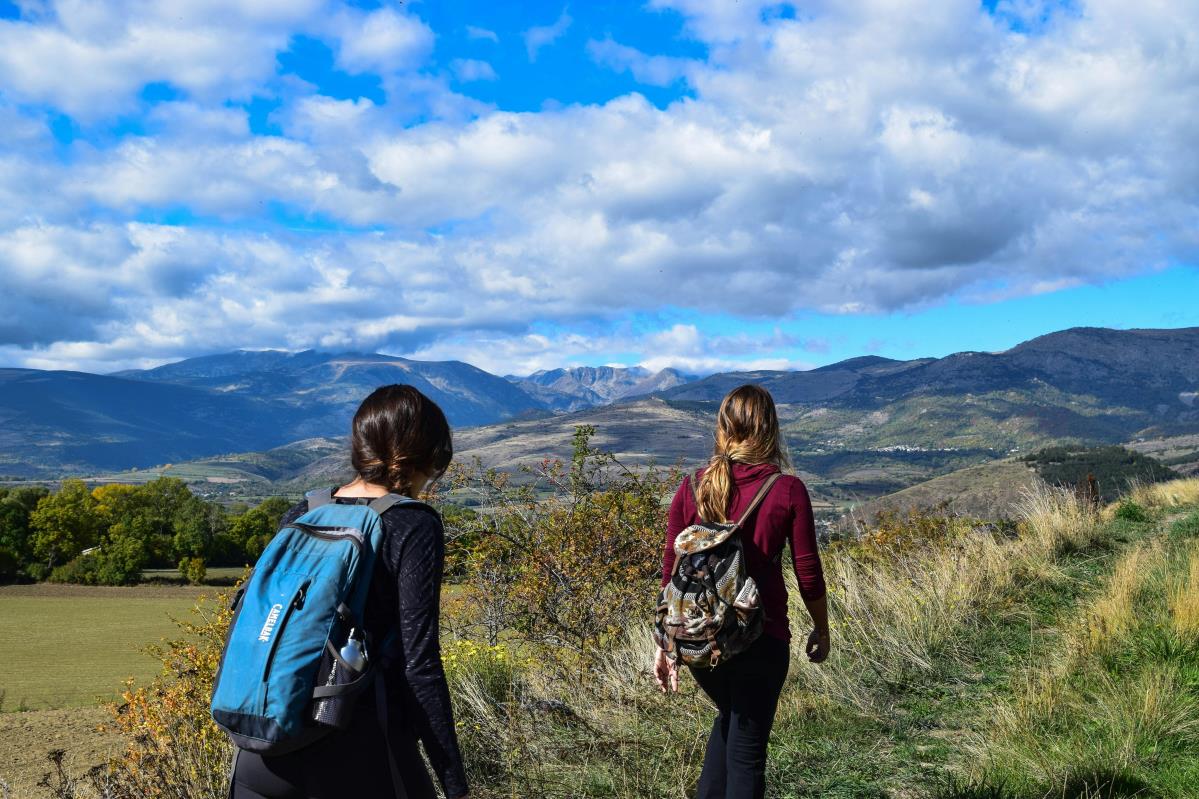
Photo by Pixabay
Download your FREE Trail Running Plan
Duration for Effective Adaptations
To gain physiological benefits from hiking, aim for sessions that last at least 60 to 90 minutes.
This duration allows for sufficient aerobic conditioning and muscle engagement. Incorporating one to two hiking sessions per week, especially on rest or recovery days, can yield significant benefits without interfering with your primary training schedule.

Photo by Flo Maderebner
Download your FREE Trail Running Plan
My Favourite Hiking Equipment
Hoka Speedgoat 5 Mids
Hoka Speedgoat trail running shoe are excellent if you want to go off road with your running. This mid style is excellent for hiking and trail running but has the extra ankle support and protection. I have found them great for trail running and the extra ankle support does not impede running. They have a Vibram grippy sole and Gore-tex to keep your feet dry. You can see my unboxing video here.
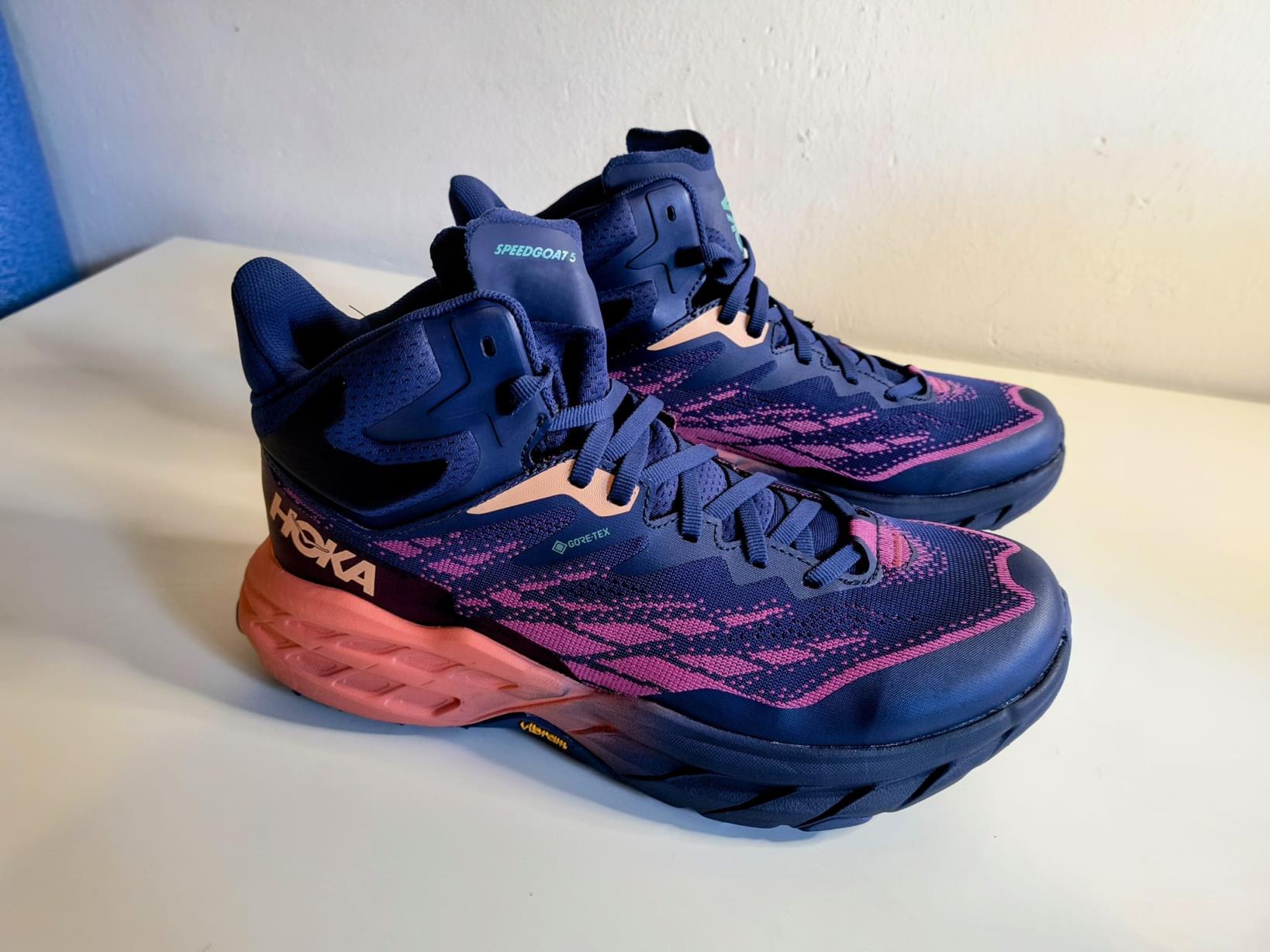
Black Diamond Distance Carbon Z Foldable Poles
These are very light weight and when not in use folded up and put in your backpack or carry them in your hands. You must select the right size for you as they are not adjustable.
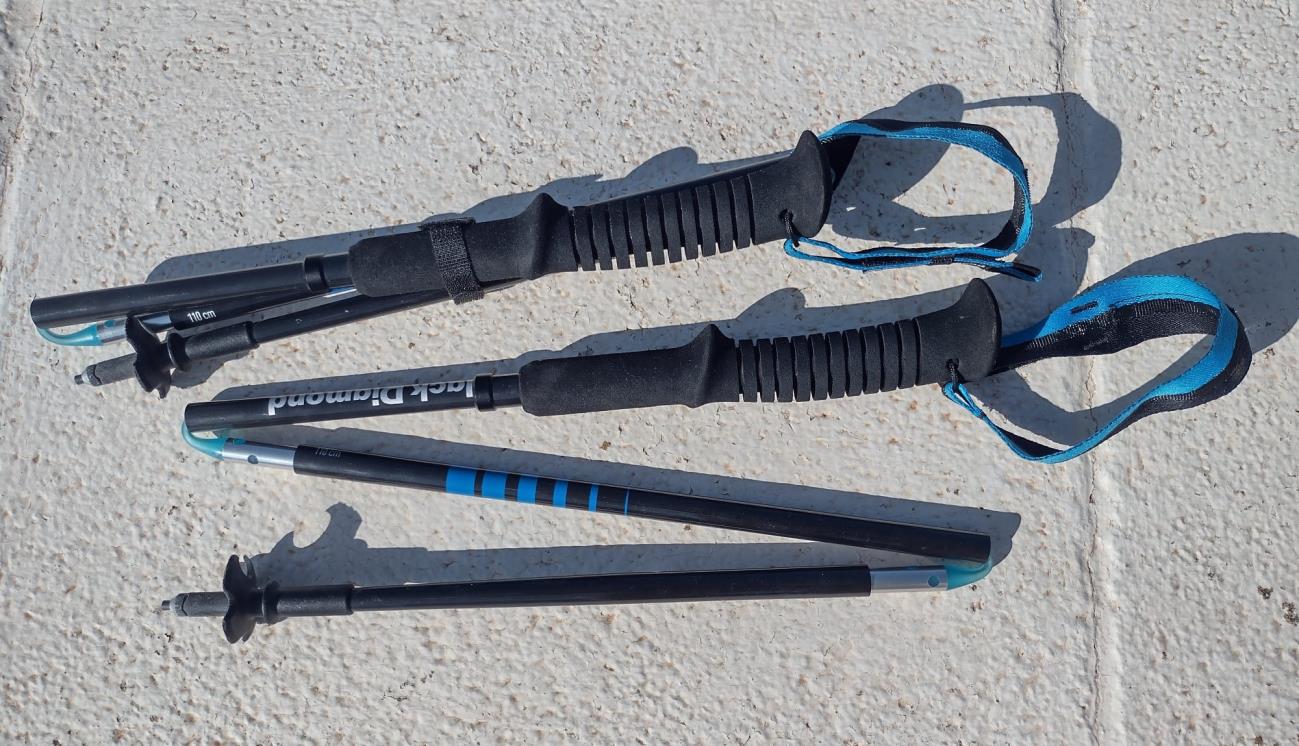
Download your FREE Trail Running Plan
Hiking Pole Bag
If you get the hiking bug like I have you may want to travel to different countries to experience challenging mountain routes like those in the high Atlas mountains. If you intend to fly will poles, they may make you put them in your hold luggage, and they will need extra protection. I found the perfect bag for this and it’s a camera tripod bag.

Osprey Tempest 20 Rucksack
When I did the Senda Litoral 200km hike I used a very cheap rucksack from Decathlon, and it was not great for my back health. For my hiking trip to the high Atlas Mountains in Morocco I invested in the Osprey Tempest 20 rucksack and Osprey Tempest 6. It’s worth spending the money on this kit to keep your back dry(ish) plus shoulders and back pain free. The Osprey Tempest 20 even has a bike helmet holder so you can use it cycling as well!
Amazon: Osprey Tempest 20 £96
Amazon: Osprey Tempest 6 £70
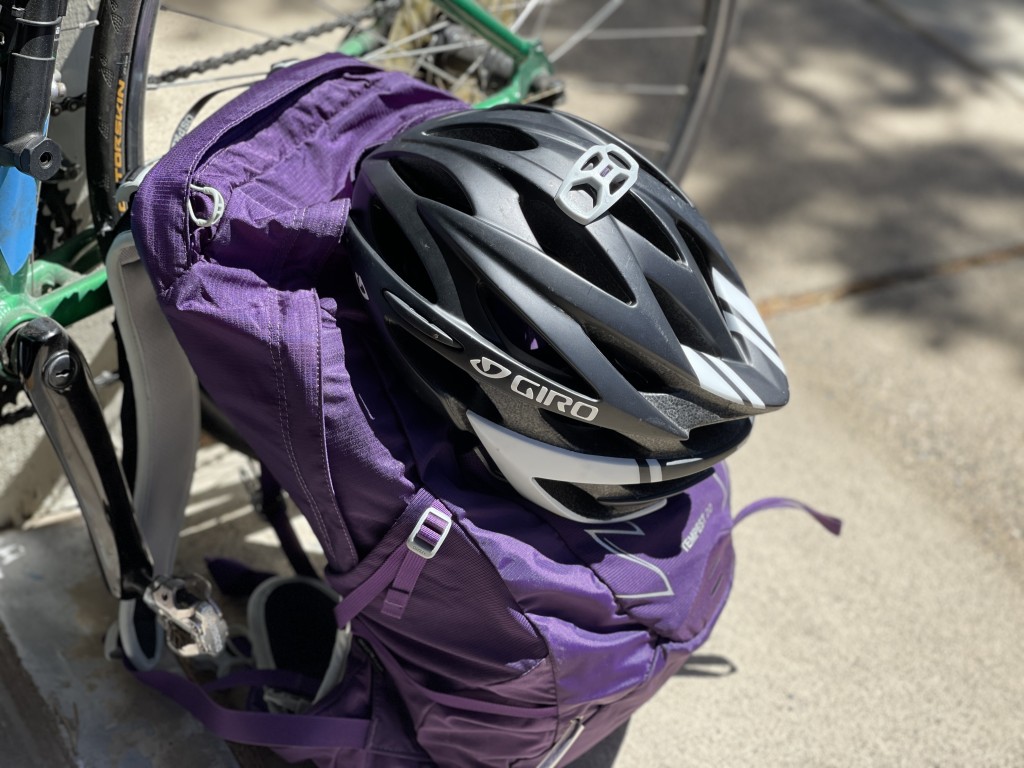
Columbia Hiking Clothing
After trying out my running kit for hiking I decided to invest in some proper hiking clothing. I found that the Columbia range of clothing is perfect. The kit is made to last and give you 50 SFP to help avoid skin damage. My favourites are:
Amazon: Columbia Firwood Camp II Hiking Shorts £36
Amazon: Columbia Sun Trek SS Graphic Tee Women's Technical Short Sleeve T-Shirt £22
Amazon: Columbia Women's Tamiami Ii Long Sleeve Shirt Hiking Shirt £17
Download your FREE Trail Running Plan
Darn Tough Hiking/Running Socks
As a triathlete I have spent years running without socks but for hiking it’s essential as you will be on your feet longer than even your long run and need to avoid blisters. I stumbled on these socks which boast a lifetime guarantee! They have merino wool so dry quickly and by some miracle don’t smell!
Amazon: Darn Tough Vermont Women's Run No Show Tab Ultra-Lightweight with Cushion £19.99
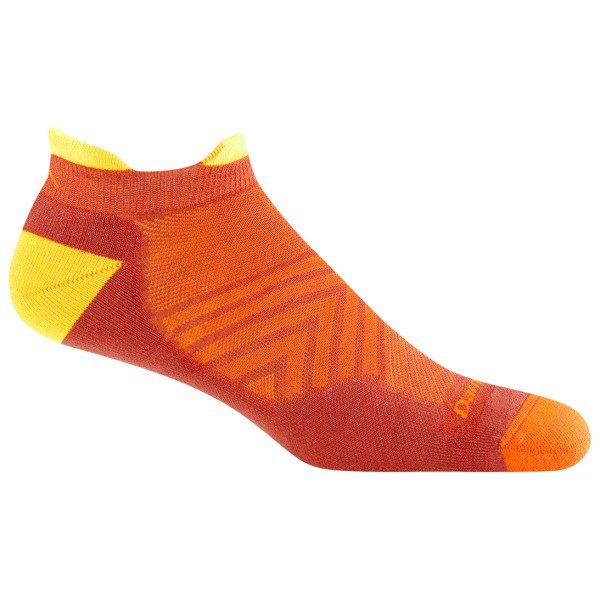
Download your FREE Trail Running Plan
Conclusion: Hiking as Cross Training
Incorporating hiking into your training regimen can be a game-changer. Not only does it provide an excellent aerobic workout that can fit into zone 1 or zone 2 training, but it also engages muscles differently, offers mental refreshment, and reduces joint stress.
For triathletes, runners, cyclists, and swimmers looking to diversify their training and enhance their endurance, hiking is a natural and effective choice.
So, lace up your hiking boots, hit the trails, and experience the multifaceted benefits of this fantastic cross-training activity. Happy hiking!
Karen Parnell is a Level 3 British Triathlon and IRONMAN Certified Coach, WOWSA Level 3 open water swimming coach, 80/20 Endurance Certified Coach and NASM Personal Trainer and Sports Technology Writer. Currently studying for an MSc in Sports Performance Coaching.
Need a training plan? I have plans on TrainingPeaks, Final Surge and TrainingTilt:
I also coach a very small number of athletes one to one for all triathlon distances, open water swimming events and running races, email me for details and availability. Karen.parnell@chilitri.com
Download your FREE Trail Running Plan
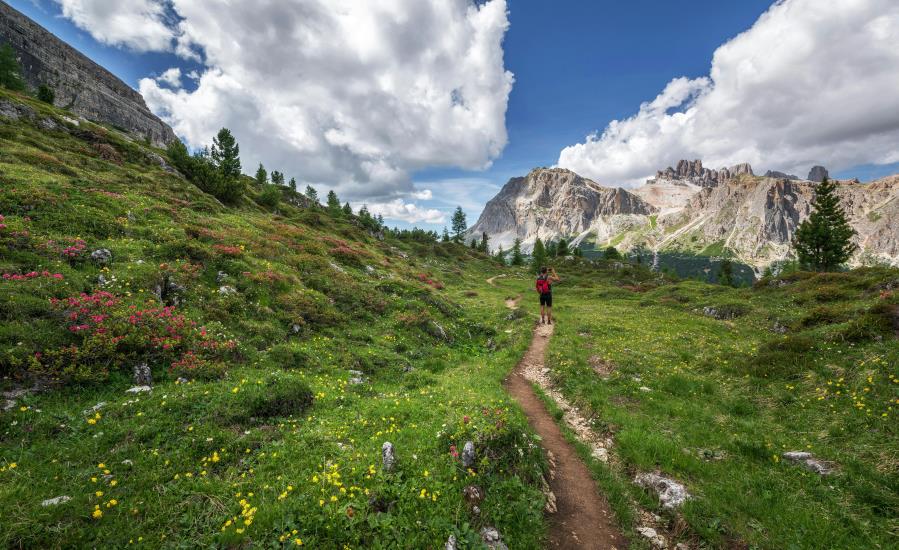
Photo by Krivec Ales.
This website uses affiliate links which may earn a commission at no additional cost to you. As an Amazon Associate I earn from qualifying purchases.
References
The Effects of Mountain Hiking on Physical Condition of Youth Basketball Players during the Preparatory Phase. Jordanov, V. and Ribagin, S. November 2023. Institute of Biophysics and Biomedical Engineering Bulgarian Academy of Sciences.
Hiking: A Low-Cost, Accessible Intervention to Promote Health Benefits. Mitten, D. Overholt, J. Ady, J. D’Amore, C. and Haynes, F. July 2016. American Journal of Lifestyle Medicine.
Effect of outdoor recreation activity on stress level and mental toughness on taekwondo athletes in the competition period. Boobani, B. 2023. Latvian Academy of Sport Education.
A Thematic Review of Hiking Activities and Rehabilitation. Roslan, N. and MahdzirJune, M. June 2023. Journal for Re Attach Therapy and Developmental Diversities.
Exploring Muscle Activation during Nordic Walking: A Comparison between Conventional and Uphill Walking. Pellegrini B, Peyré-Tartaruga LA, Zoppirolli C, Bortolan L, Bacchi E, Figard-Fabre H, Schena F. September 2015. doi: 10.1371/journal.pone.0138906.
Workload Comparison Between Hiking and Indoor Physical Activity. Luigi, F.; Giancarlo, P. Bruno, F. Anastasia, P. Marco, B. and Angelo, R. October 2012. Journal of Strength and Conditioning Research.
